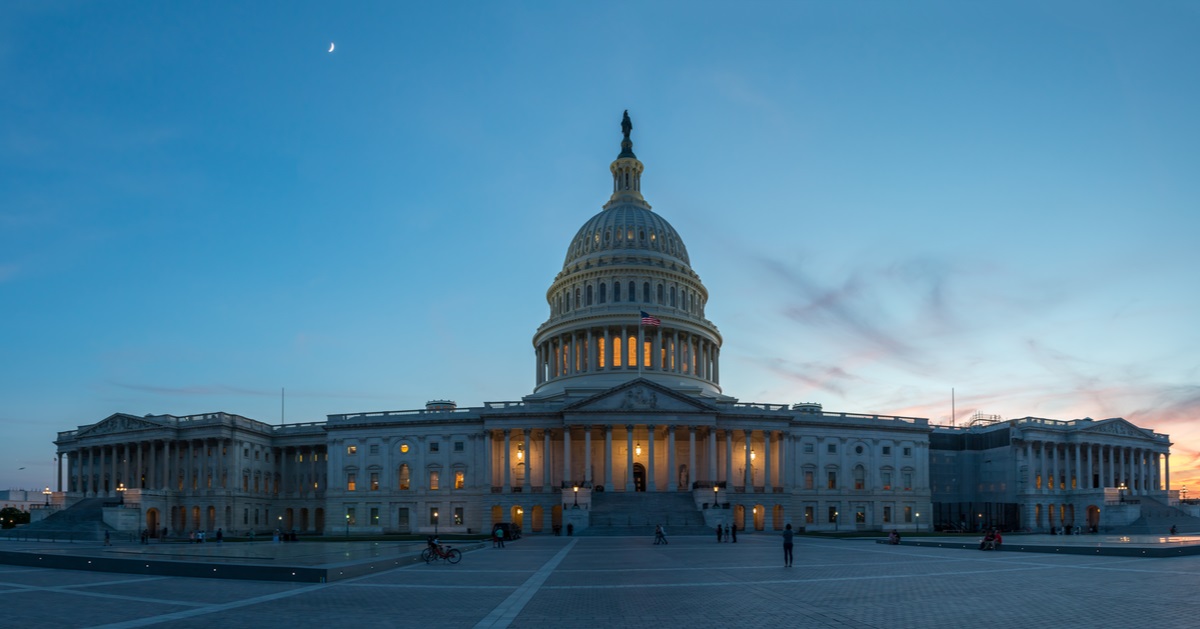Trump Increases Minority Voter Support In Election Triumph
The 2024 presidential election reveals unexpected voting patterns among key demographic groups as Donald Trump secures his return to the White House.
According to The Daily Wire, while Vice President Kamala Harris maintained majority support among Latino, Black, and Asian voters, Trump made significant inroads with these minority groups en route to his victory.
Exit polls demonstrate a notable shift in Latino voting patterns, with Trump gaining approximately 10 percentage points in Hispanic-majority counties compared to his performance in 2020.
The economic concerns played a crucial role in this demographic shift. These changes manifested most dramatically in traditionally Democratic strongholds, particularly along the southern border where historic voting patterns were upended.
Historic Latino Voting Patterns Transform
Professor Jeronimo Cortina from the University of Houston provided insight into the Latino community's voting motivations.
His analysis emphasized the primacy of economic concerns over political rhetoric. The shift was particularly evident in Starr County, Texas, where Trump achieved a historic victory.
This Texas border county, with its 97% Latino population, marked the first Republican victory in over a century.
The result represents a significant departure from traditional voting patterns in Hispanic-majority areas. Economic factors, including inflation and cost of living concerns, appeared to drive this unprecedented shift.
University of Houston political science professor Jeronimo Cortina explained the phenomenon:
Latinos were saying, 'I don't care what Trump says. I want to be able to pay the bills. I want to be able to send my kid to college. I want to pay the mortgage, to afford a new car.'
African American Support Shows Notable Changes
The Black vote, traditionally a Democratic stronghold, showed signs of fragmentation in 2024. While Harris secured approximately 80% of Black voters overall, this represented a decline from Biden's 90% support in 2020. Young Black men, in particular, doubled their support for Trump compared to the previous election.
The changing dynamics were particularly visible in Georgia's majority-Black counties. Hancock, Talbot, and Jefferson Counties all showed movement toward Trump. Baldwin County, with its 42% Black population, flipped Republican for the first time in two decades.
National Black Empowerment Council founder Darius Jones observed:
This election cycle, the fact that Black men have begun to be more vocal ... We are willing to explore other political alternatives. I think it's something which, in the long run, is going to be advantageous to our community.
Asian And Arab American Voting Trends
The Asian American electorate, America's fastest-growing racial group of eligible voters, showed a 5-point shift toward Trump, though Harris still won 54% of their votes. This movement reflected broader trends among minority groups in the election.
Michigan's Arab American communities in Dearborn and Hamtramck demonstrated significant shifts toward Trump. These cities, known for having the largest percentage of Arab Americans in the United States, showed marked changes in voting patterns. The Green Party candidate Jill Stein captured over 18% of Dearborn's vote.
Jewish voters in New York also showed changing preferences, with Trump receiving 46% support compared to Harris's 54%. This represented a significant shift from 2020, when Trump received only 37% of Jewish votes in the state.
Electoral Shifts Reshape Political Landscape
Donald Trump secured victory in the 2024 presidential election with unprecedented gains among minority voters, particularly in Latino and Black communities.
The shifts were most pronounced in Hispanic-majority counties, where Trump gained 10 percentage points compared to 2020, and among young Black men, who doubled their support for the Republican candidate.
These demographic changes proved decisive in key battleground states, with historic flips in traditionally Democratic strongholds like Starr County, Texas, and Baldwin County, Georgia. Economic concerns emerged as the primary driver of these shifts, overshadowing other political considerations and reshaping traditional voting patterns across multiple minority communities.






